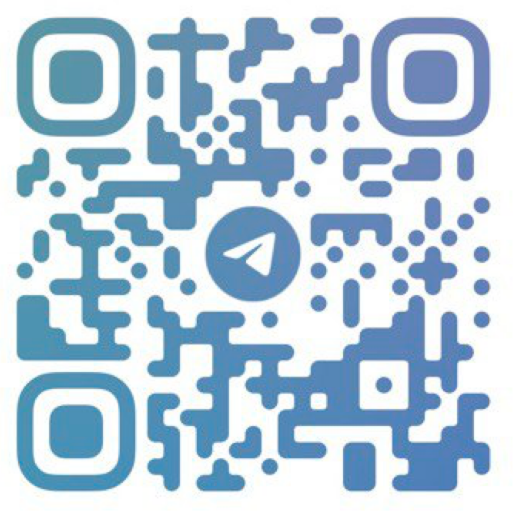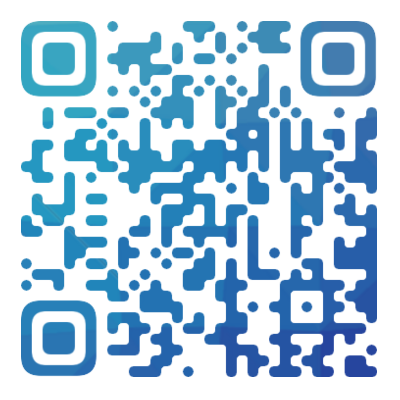The recent hot topic RSIC Inscription has attracted attention. What is RSIC?
The recent hot topic RSIC Inscription has attracted attention. What is RSIC?
What is RSIC?
RSIC is a Bitcoin-based peer-to-peer runic allocation system. Players participate in digital games by managing and operating RSIC tokens. Eventually, these runes will be "inscribed" on the Bitcoin network at some point in the future. Cryptocurrency blogger Lilyanna from Bitcoin Rili introduced and analyzed this project on X, and BlockBeats has compiled the full text as follows:
RSIC is essentially a mining certificate, mining tokens on Runes (to be deployed by the project in fixed cap form around April and distributed to different addresses according to given rules). The airdrop rules have not been disclosed yet, but the airdrop has been completed, and those who haven't received it just haven't.

Key Points
Remember to activate the tokens received through airdrop as soon as possible (just forward the rune once to complete the activation, whether forwarding to yourself or others). Tokens purchased on the market are automatically activated and require no additional action. The number of tokens mined is proportional to the holding time, the longer the holding time, the more shares can be obtained.
The future success of this project highly depends on the subsequent development and operation of the project, mainly on whether the project can deploy and distribute tokens on the Runes platform as planned. It's essential to note that this project is a completely centralized project.
Project Principles
#126 (Great-grandfather Inscription): Contains the inscription "deploying more inscriptions," suspected to be held by Bitcoin Rocks.
RSIC Factory (Grandfather Inscription): Used to produce RSIC distribution centers, currently all transferred to Satoshi Nakamoto's address (equivalent to the project having destroyed this inscription, making it unable to produce its offspring anymore). (The grandfather inscription also uses metaprotocol).

Each RSIC inscription refers to the same Javascript inscription, which fetches the latest block's block hash and analyzes whether the last digit matches the symbol in the lower right corner of RSIC. When it matches, the style changes (turns yellow). A similar setting is used in BRC333's owl inscription, recursively referring to the Javascript inscription to achieve inscription changes over time.
The project will launch a dashboard where users can check their RS token allocation quotas, eliminating the need to constantly watch NFTs to see if they change color. Users can directly check their quotas and records on the official website.
There is also an unrevealed easter egg, the boost logic mentioned in the whitepaper. The rules for this will be engraved on block 4703400000000.
FAQs:
Is this the first Rune token?
It is likely not because the competition at block 840,000 will be very intense, and no one can guarantee that they will be able to deploy the first Rune token. The original text mentions "this is the first Rune on Bitcoin," not necessarily the first "Rune token," so there is some ambiguity. The project may intend to express that this is the first rune on the Bitcoin network, not just the first Rune token.
https://geniidata.com/ordinals/address?ref=L64PBG…
Summary
The project has demonstrated excellent technical proficiency, employing clever deployment and distribution of parent-child inscriptions, metaprotocol fields, recursive inscriptions, Javascript inscription calling block data, and the Rune protocol. The project has also designed carefully planned gameplay, such as airdropping to high-value NFT holders, using activation operations to filter dormant wallets, introducing random settings to increase attention and topics, and controlling the pace released three months before the Rune protocol went live.
However, the project has some centralization factors in certain aspects, such as airdrop rules, future token deployment, and the 10% reserved by the project, which may become a focus of future questioning. Nevertheless, considering that this project might be a solution to the distribution of tokens by the project after the fixed total supply on the Rune protocol, it may be more easily accepted by the community. Potential imitative behaviors may be brewing.
Please specify source if reproducedThe recent hot topic RSIC Inscription has attracted attention. What is RSIC? | CoinNav- Blockchain Trading Starts Here


